You don’t need another pep talk about showing up every day. You’ve heard it all before—be consistent, stay visible, post content no matter what. But let’s be honest. Most entrepreneurs aren’t struggling with commitment. They’re drowning in the chaos of doing too much, too fast, with too little return.
The real issue isn’t that you can’t stick to a schedule. It’s that you’re running on fumes.
It usually starts with good intentions. A new offer. A fresh content plan. Maybe even a social media calendar built on optimism and caffeine. Then life hits. Client fires. Sales calls. A team member off sick. Before you know it, the calendar goes dark, the posts stop, and the guilt creeps in.
Not because you’re lazy. Because you’re tired.
This is the cycle most founders fall into without realizing it: sprint, stall, disappear, repeat. And each time you try to pick things up again, it feels harder. Heavier. Like starting from scratch all over again.
What you need isn’t a bigger push. You need a better engine.
Most founders build a megaphone. You need a machine.
It’s easy to confuse attention with momentum. One viral post, a flurry of likes, maybe even a few new leads—and suddenly, you feel like your marketing is working. But a megaphone is loud for a moment. A machine keeps running.
A lot of founders fall into the trap of chasing spikes. A big launch. A fancy video. A content blitz that takes over your life for two weeks. And then silence. Because when the energy runs out, so does the output.
A marketing engine is different. It’s not built for volume. It’s built for rhythm.
Think about the founder who posts three times a day for a month… and then disappears for two. Versus the one who shows up every Monday with a podcast, drops a Tuesday tip on LinkedIn, and repurposes both into a Friday newsletter. One burns hot and burns out. The other builds trust slowly, steadily, without scrambling for inspiration every week.
This shift—from bursts to systems—isn’t just tactical. It’s emotional. A megaphone says “look at me now.” A machine says “I’ll be here tomorrow.”
Start with one channel and get it breathing on its own
Most burnout starts with good ambition. You want a blog, a podcast, a newsletter, a YouTube channel, daily content on five platforms—and you want it all running yesterday. But that kind of pressure doesn’t build momentum. It builds resentment.
The smartest founders pick one lane first. Not forever—just long enough to figure out what works, build consistency, and take a breath.
One founder we worked with focused only on LinkedIn for six months. No fancy video strategy. No email list. Just daily posts, real stories, and one CTA at a time. That focus turned into inbound leads, podcast invites, and eventually, a system they could hand off to a VA. Once it felt smooth, they added a monthly newsletter. Then came the YouTube channel—but not until the first system could stand on its own.
You don’t need ten platforms. You need one that doesn’t need your full attention all the time.
Let that one channel breathe. Let it learn your voice, your rhythm, your audience. Then—and only then—stack the next piece.
Make your marketing run on systems, not willpower
Most founders treat marketing like a mood. If the energy’s high and the coffee’s strong, things get done. But building real visibility can’t depend on how motivated you feel on a Tuesday morning.
This is where systems change everything.
A system isn’t a complicated automation flow or a tech stack with seventeen tools. It’s a repeatable rhythm that protects your time, your energy, and your sanity. It might look like blocking two hours every Friday to draft next week’s posts. Or recording one podcast a month and chopping it into weekly content. It’s knowing what’s happening next week—without having to reinvent the wheel every time.
Templates help. So do checklists. So does hiring a VA or editor who knows how to keep things moving even when you’re slammed. But the real win is this: when your marketing has structure, you stop treating it like a side hustle.
And that’s when things get consistent—without crushing you.
Reuse everything. You’re not running a content museum

Founders often act like every piece of content needs to be brand new, handcrafted, and never repeated. But ideas don’t expire—they just get forgotten.
If you shared a client story last year that made people lean in, why wouldn’t you bring it back? If one newsletter line got five replies, that’s a signal to turn it into a tweet, a carousel, or a video script. The best content isn’t the one-hit wonder. It’s the one that gets reshaped and retold until it becomes part of your brand’s voice.
Repetition isn’t lazy. It’s smart.
A single podcast episode can turn into quotes, clips, threads, blog posts, and even sales copy. A strong LinkedIn post can become an email. A great question from a client can anchor your next five content ideas. When you build a library of stories, wins, and frameworks, you’re never really starting from zero.
Marketing gets exhausting when you treat every week like a blank slate. It gets manageable when you start pulling from your own greatest hits.
Treat your own brand like a client you actually respect
When client work piles up, the first thing that gets dropped is your own marketing. It feels justifiable. You’ve got deadlines. You’ve got deliverables. You’ll get back to your brand next week. Or next month. Or when things “calm down.”
Except they never really do.
Founders who treat their own brand like an afterthought end up building everyone’s business but their own. And then wonder why leads slow down or opportunities dry up.
Think about how you treat your best clients. You show up. You plan ahead. You deliver on time. You protect the work. Your brand deserves the same treatment.
Block the time—even if it’s just two hours a week. Don’t move it. Don’t reschedule it. Build that muscle the same way you built your service. Because every piece of content, every story, every behind-the-scenes insight you share is building something that compounds.
Your future business depends on it.
The goal isn’t to go viral. It’s to stay visible
There’s a kind of quiet power in being reliably present. Not flashy. Not trending. Just consistent, helpful, and real. That’s the kind of presence that builds trust—the kind people remember when they finally need what you offer.
Viral moments are fun. They spike the numbers and feel like a win. But they don’t build the kind of brand that lasts. Visibility, on the other hand, is slow, steady, and far more valuable.
People don’t buy from who’s loudest. They buy from who shows up and stays in the conversation.
The founder who posts thoughtful insights once a week—without fail—ends up miles ahead of the one chasing trends and disappearing every other month. Not because their content is fancier. Because it’s dependable.
In a space full of noise, being reliably useful is a superpower. You don’t need to break the internet. You just need to keep showing up.
Build something that can breathe without you
Your marketing shouldn’t feel like a treadmill you can’t get off. It should feel like an engine—a steady rhythm that keeps turning, even when life gets messy.
Start small. Keep it honest. Build systems that protect your energy, not drain it. And most of all, treat your own brand like something worth investing in.
Because it is.




